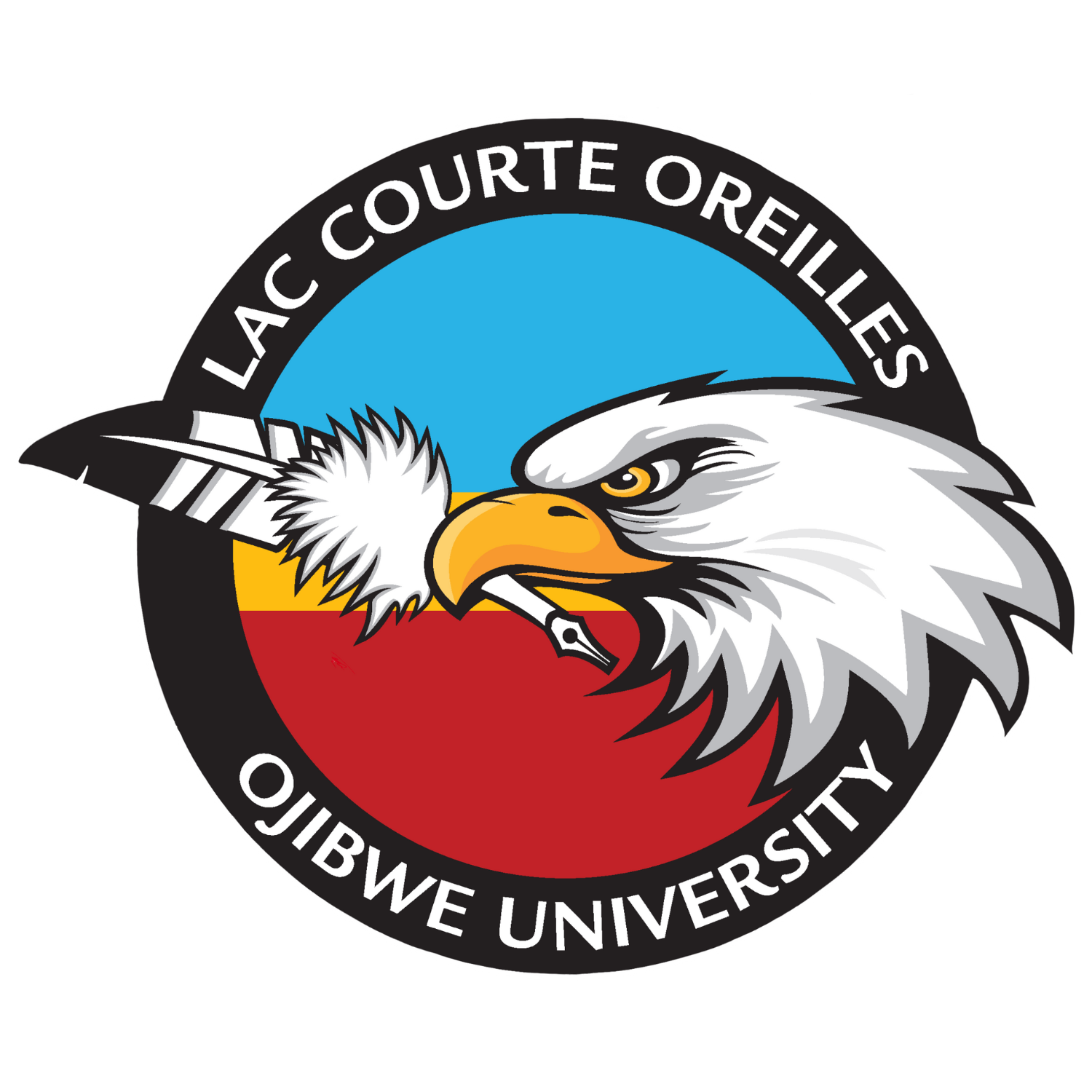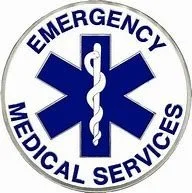Emergency Medical Services
Program Overview
The Emergency Medical Services (EMS) Program is a comprehensive, progressive training pathway designed to prepare students for careers in prehospital emergency medical care. The program offers tiered certifications, allowing students to enter and advance within the profession at multiple levels, from entry-level first responders to advanced life support providers.
The EMS Program includes four distinct levels of training:
-
The EMR course provides foundational training in basic life support techniques for first responders. Students learn CPR, basic airway management, bleeding control, and patient assessment. EMRs are often the first to arrive at the scene and play a critical role in initiating lifesaving care before the arrival of more advanced personnel.
-
The EMT course builds upon EMR skills and introduces more advanced patient care techniques. EMTs are trained to manage a wide range of medical and trauma emergencies, including airway management, basic pharmacology, and transportation of patients. Completion of the EMT level is a prerequisite for most ambulance services and is required for entry into higher levels of EMS education.

